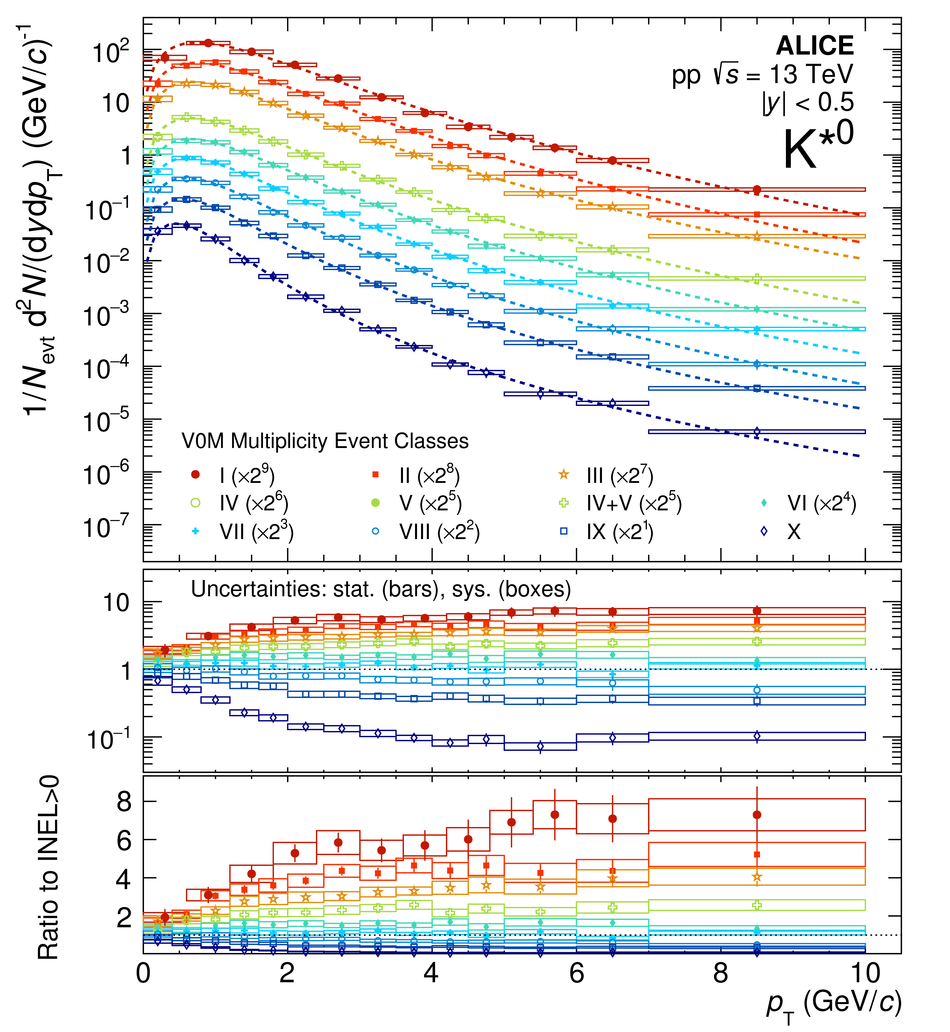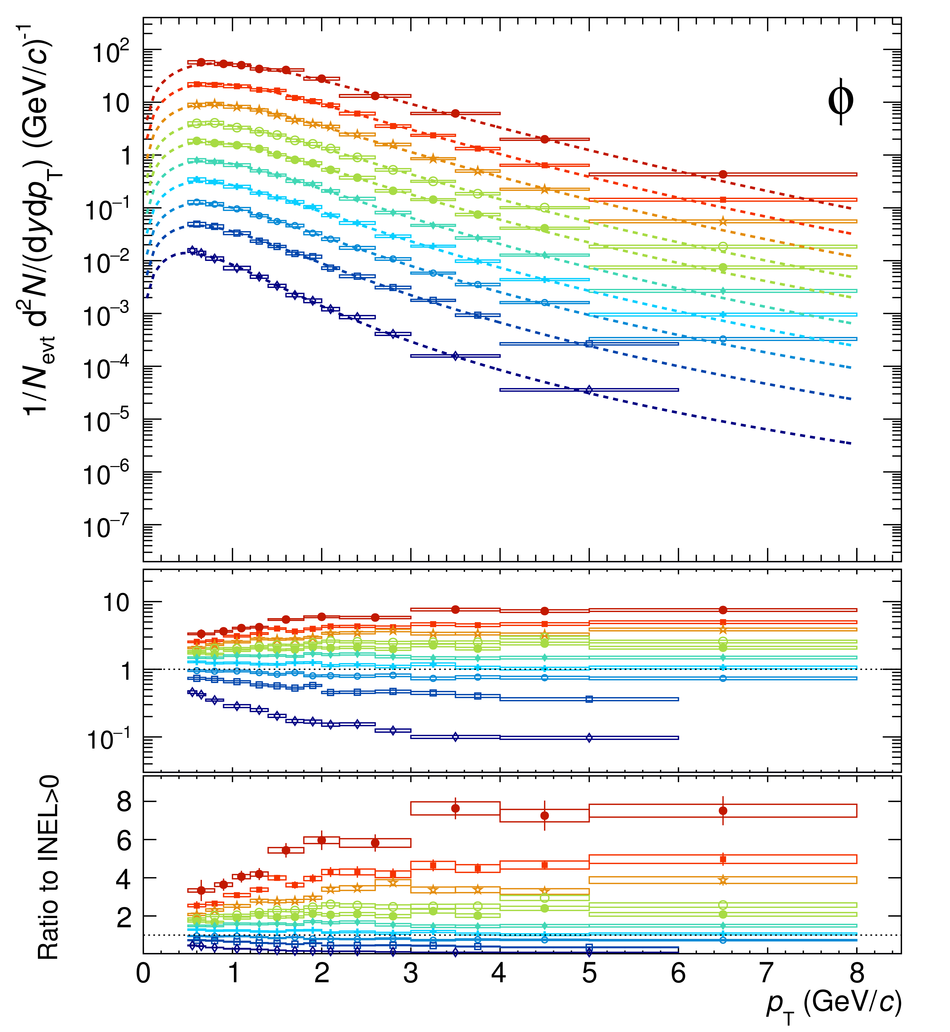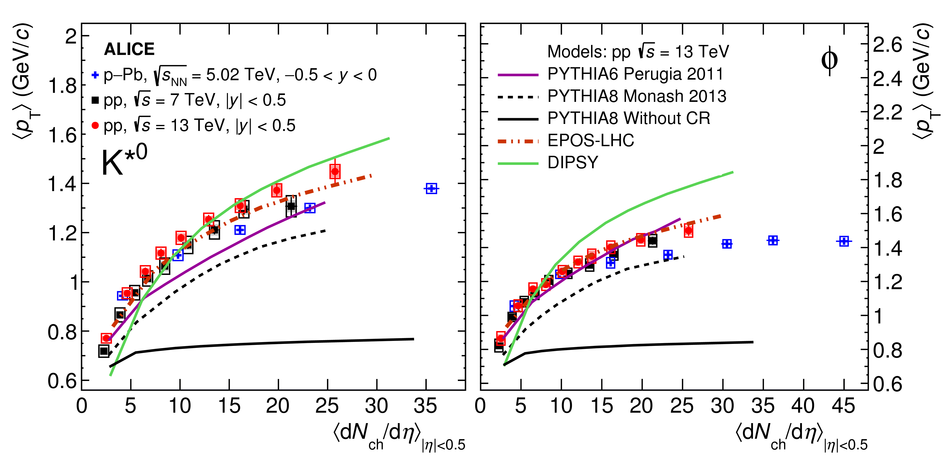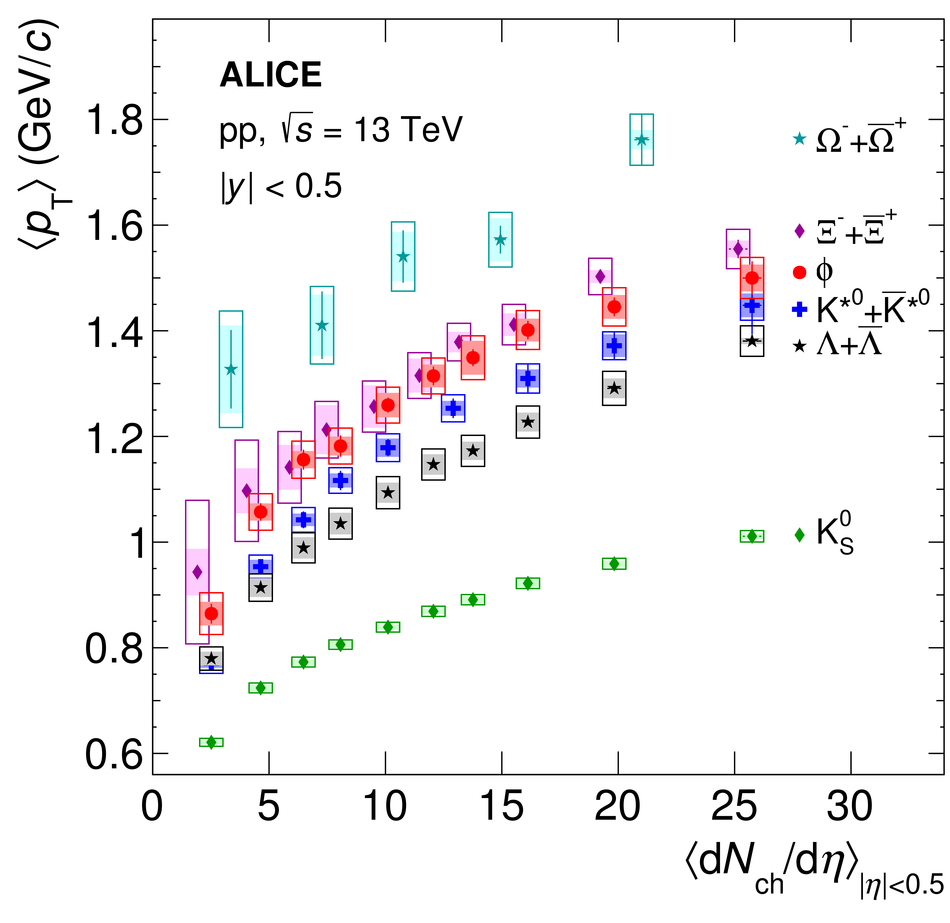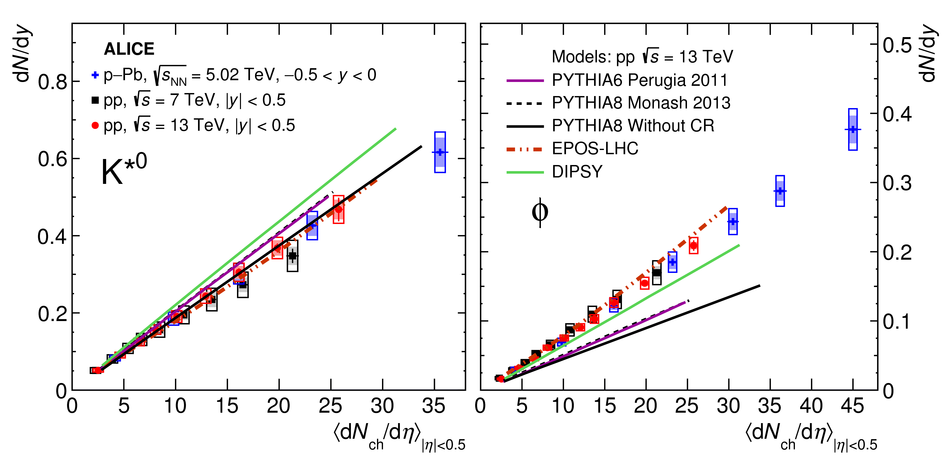Measurements of identified hadrons as a function of the charged-particle multiplicity in pp collisions enable a search for the onset of collective effects in small collision systems. With such measurements, it is possible to study the mechanisms that determine the shapes of hadron transverse momentum ($p_{\rm{T}}$) spectra, to search for possible modifications of the yields of short-lived hadronic resonances due to scattering effects in the hadron-gas phase, and to investigate different explanations for the multiplicity evolution of strangeness production provided by phenomenological models. In this paper, these topics are addressed through measurements of the $\rm{K}^{*}(892)^{0}$ and $\phi(1020)$ mesons at midrapidity in pp collisions at $\sqrt{s}$ = 13 TeV as a function of the charged-particle multiplicity. The results include the $p_{\rm{T}}$ spectra, $p_{\rm{T}}$-integrated yields, mean transverse momenta, and the ratios of the yields of these resonances to those of longer-lived hadrons. Comparisons with results from other collision systems and energies, as well as predictions from phenomenological models, are also discussed.
PLB 807 (2020) 135501
HEP Data
e-Print: arXiv:1910.14397 | PDF | inSPIRE
CERN-EP-2019-245

